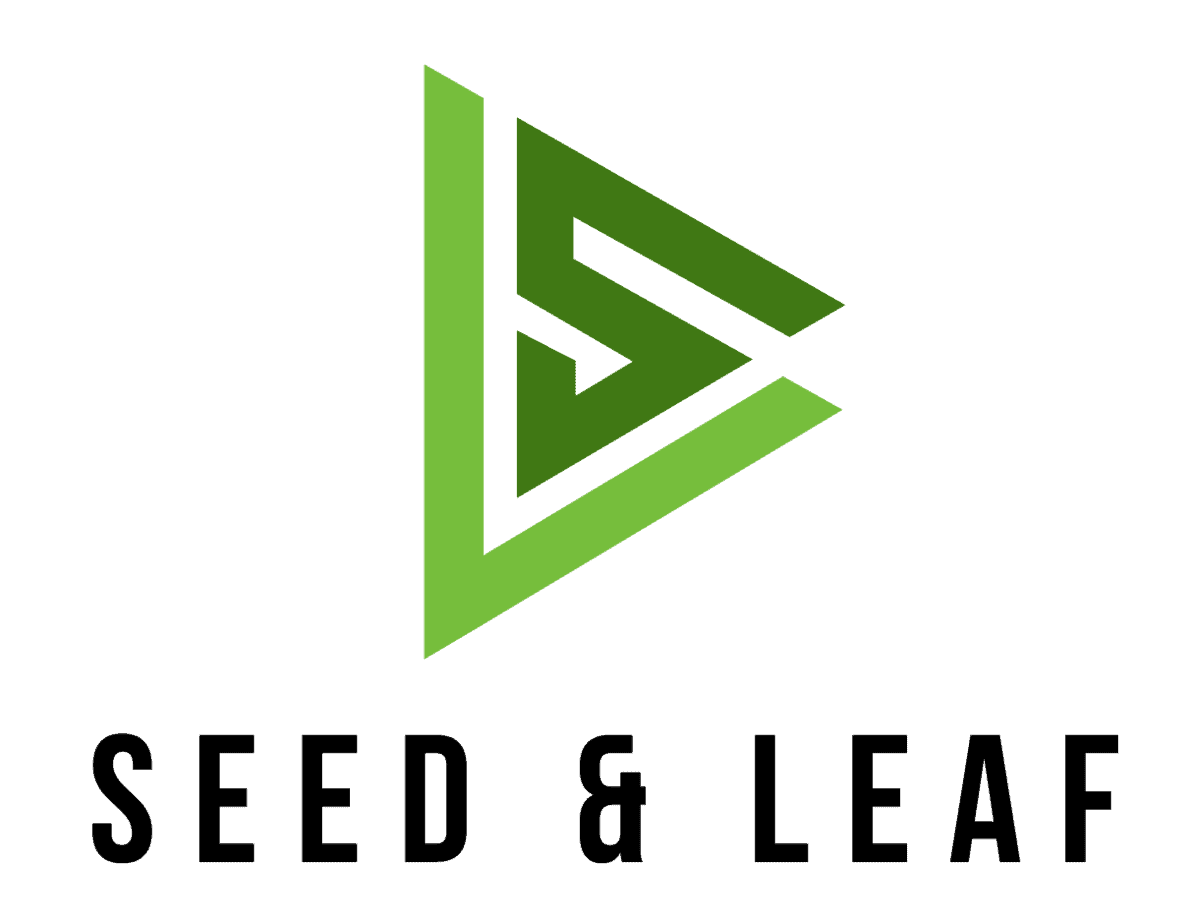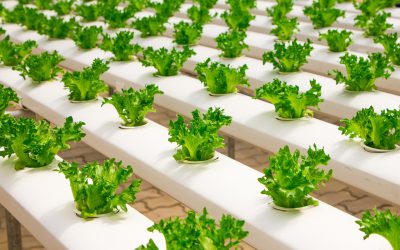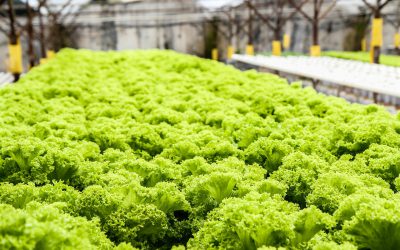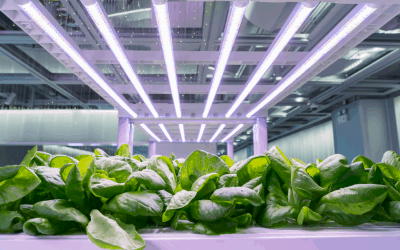Written by Jared Anderson
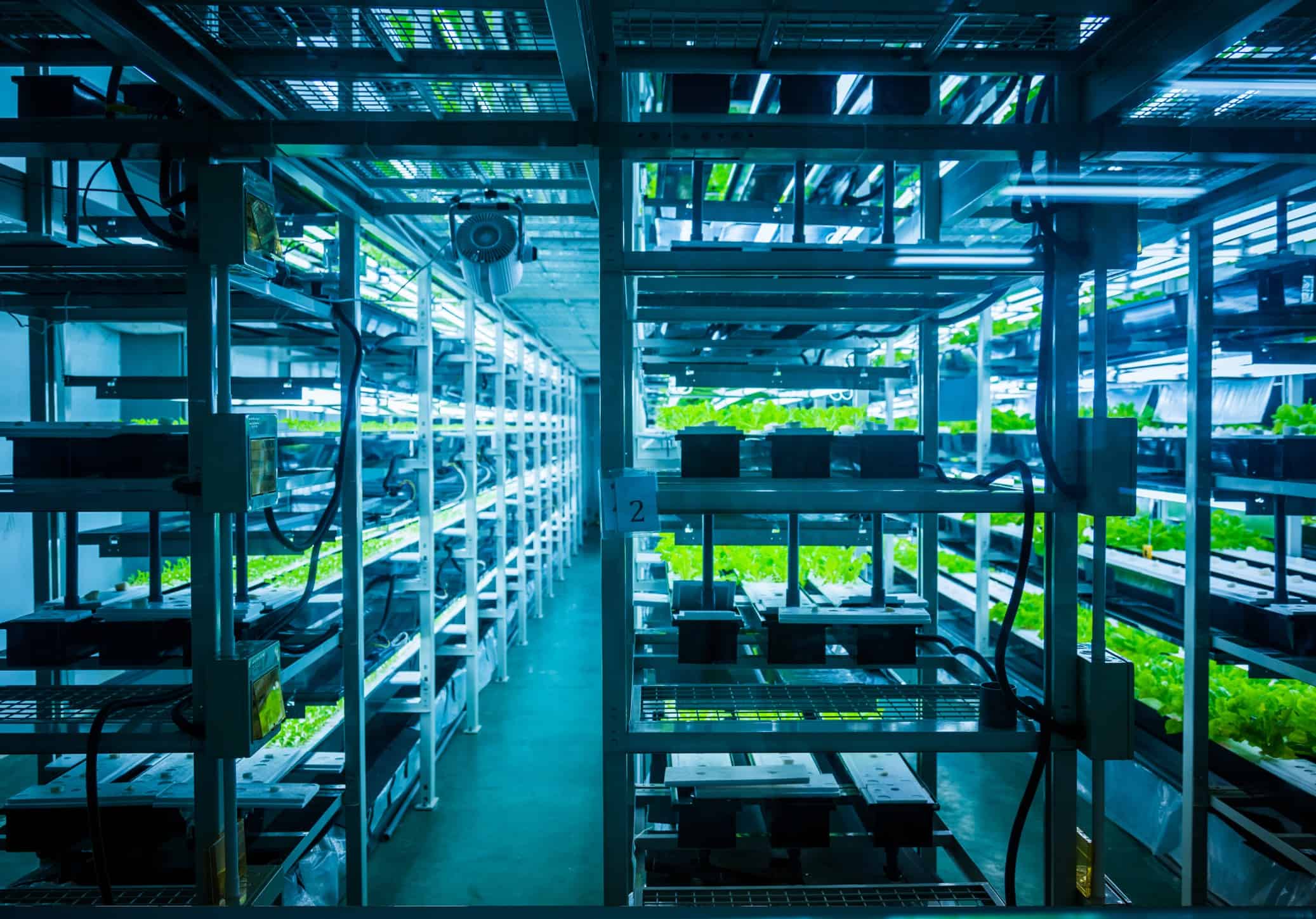
Table Of Contents
- 1 Indoor Gardening and Farming’s Favorite Method: Vertical
- 2 What Are The Benefits Of Vertical Farming?
- 3 Vertical Farms Across The World
- 4 Examples Of Vertical Farming Systems
- 5 Final Thoughts On Vertical Farming
- 6 Nutrient Film Technique 101
- 7 A Deep Dive On Deep Water Culture Hydroponics Systems
- 8 What Is Hydroponics Gardening? | A Complete Beginner’s Guide
Indoor Gardening and Farming’s Favorite Method: Vertical
So what is vertical farming, you might be wondering? Vertical farming is exactly what it sounds like: growing food up, instead of out. In most cases, vertical farming is typically done indoors, in multiple story warehouses. These indoor farms have started to pop-up in big cities across the globe. With increased demand for locally sourced, pesticide and herbicide free food, more and more farmers are starting to make the transition indoors and upward. Building up is cheaper than out as anyone that has ever built or bought a home is aware of. This is one of many reasons for the increasing popularity of vertical farming techniques. Most indoor farms utilize some variety of hydroponics to grow their food, which uses far less water and has a much faster turnaround, in efficiently run systems.
It’s no secret that there’s a lot of hungry mouths to feed in the world, and every year that number continues to get larger. By 2050 the human population is expected to exceed 9 billion people in total. By then it’s expected that ⅔ of the population will live in metropolitan areas. All the while, the land and resources to grow our food are under incredible strain. Farmlands across the globe are increasingly becoming less and less fertile, from over-production and not rotating crops. This is why over the last decade there has been a huge surge in indoor vertical farming with no sign of slowing down.
What Are The Benefits Of Vertical Farming?
The biggest and most obvious benefit of vertical farming, is the ability to produce more food in a smaller footprint, when compared to traditional farming methods. Vertical farming is now allowing us to grow food in our big cities, where the lack of fertile (reasonably priced) land just isn’t an option. Vertical agriculture is moving into old (sometimes abandoned) warehouses, making it possible for consumers to purchase their favorite fruits and vegetables the same day they were harvested.
Indoor vertical farming is allowing farmers to now grow year round. No longer relying on the natural resources of mother nature, indoor farmers can completely control and cater the environment to the plants they’re growing. Right now the majority of our fresh produce travels sometimes thousands of miles, across state lines and country lines by both truck and plane.
A lot of our produce is treated with special chemicals to help extend their shelf lives. These additives will in most cases no longer be needed resulting in healthier more natural food.
One of the many benefits of indoor agriculture is the fact that harvest times are sometimes decreased by half. This means more round-turns in a year, resulting in higher profits for farmers who work on incredibly thin profit margins.
Using hydroponic techniques, these indoor farms are capable of producing larger, more delicious and nutritious yields. This reason alone is why many farmers are going the route of indoor hydroponics.
Hydroponic systems are known for using far less water than normal soil-based methods. In fact, efficient hydroponics systems can use more than 90% less.
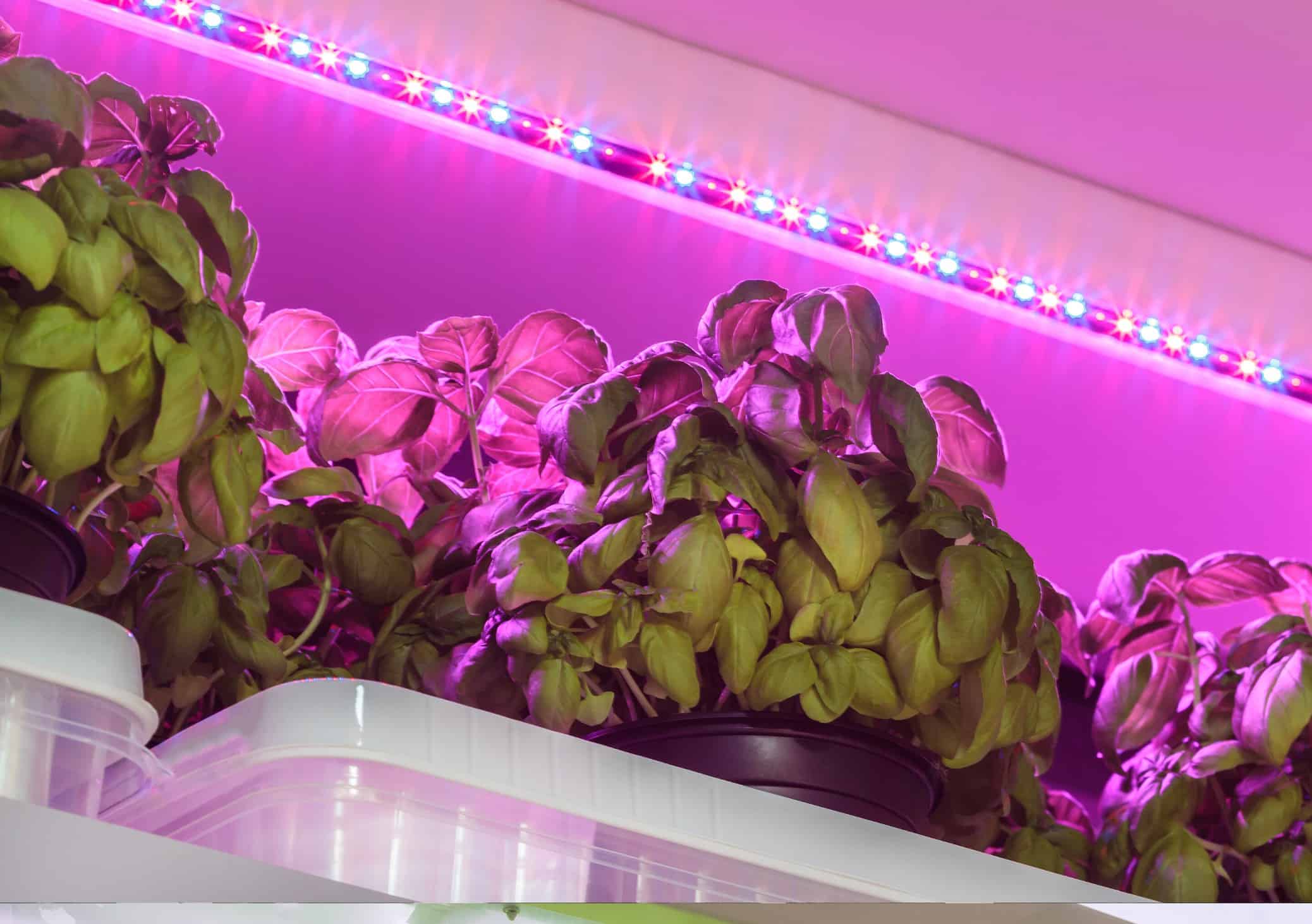
Vertical Farms Across The World
Vertical farms are continuing to pop-up around the globe, including here in the U.S.A. One of the biggest most well known indoor farms, Aerofarms, has a massive indoor operation located in Newark, NJ. Just recently they were named by Fast Company, one of the most innovative companies of 2019 for the Data Science category. Aerofarms entire grow operation is data-driven, ensuring that all stages of the growing process are monitored and tracked.
Right now the world’s largest indoor farm, is across the globe in a once abandoned Sony factory in Japan. Mirari (the company), somewhat stemmed from the 2011 tsunami that devastated Japan, as they needed to find a way to supplement all of the crops that were destroyed in the disaster.
Fast forward to today and the company is now able to produce more than 10,000 heads of lettuce each day. With their system, they’re able to grow a head of lettuce 2.5 times faster than what’s possible using traditional methods. All of this produce is grown in a relatively small footprint of 25,000 Sqft.
Head North into Russia and you’ll find, iFarm. Instead of integrating existing equipment and systems. iFarm, has built (or grown) everything from the ground up. iFarm’s fully automated vertical farms are allowing the Russian company to grow delicious produce year round, despite the harsh climate. iFarm recently secured a round of funding to help expand their operations not only through Russia, but into parts of Europe.
Another large and exciting indoor farming operation, belongs to the company, Plenty. Plenty recently opened its third indoor farm, they’ve named Tigris. They’re calling it “…the technological opportunity to revolutionize human health. Their farms are about as high-tech as any farm in the world, with robots that control large portions of production.
Check out the video below:
Examples Of Vertical Farming Systems
There are a multitude of different vertical farming systems. Most common are vertically stacked channels or trays where the plants are grown. These trays can be stacked two+ stories into the air, as found with most of the commercial indoor farms discussed above.
Here are a few of the most common types of vertical farming systems:
Nutrient Film Technique Channel System
These systems work by pumping nutrient rich solution into the high-end of the channels. The water travels to the lower end of the channel, soaking the root systems of the plants, providing all the water and nutrients they need. These systems are operated off a series of timers, controlling the water pumps and lights. This is the system I currently have and use.
Vertical Tower Hydroponics System
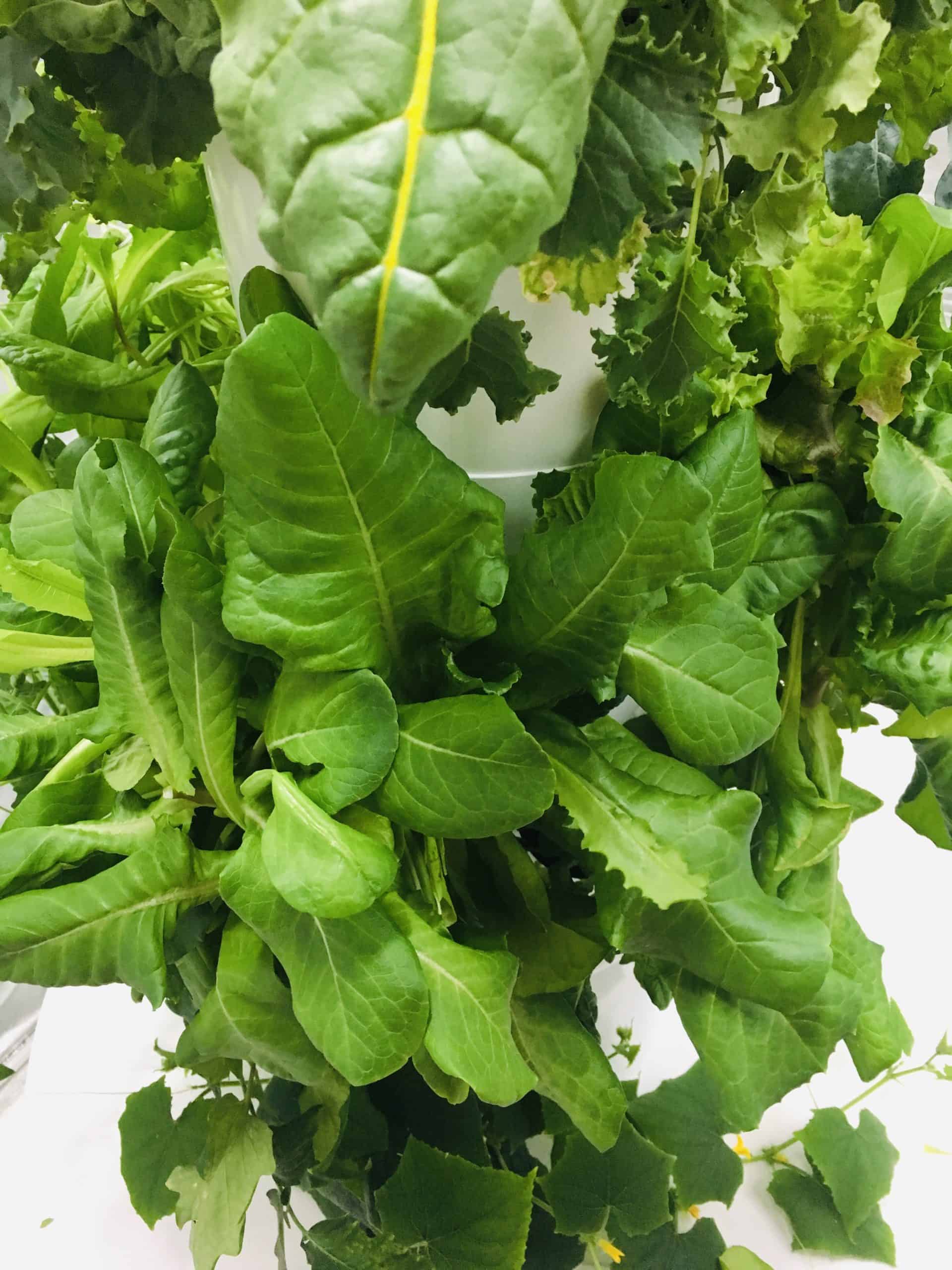
The Tower Garden is probably my favorite hobbyist system. The Tower Garden is a vertical cylindrical hollow tube with four spots for plants on each stacked row. The tower sits securely on top of a large reservoir, where the nutrient solution and water pump are housed. A water pump, controlled by a timer pumps nutrient rich water through tubing up the center of the tower into a tray at the very top of the tower. This tray is filled with holes, allowing the water to rain down into the tower providing the root systems with everything they need. These systems can be used indoor or outdoors and are incredibly easy to setup and use. It’s nearly the ‘set it and forget it’ garden.
ZipGrow Vertical Hydroponic Towers
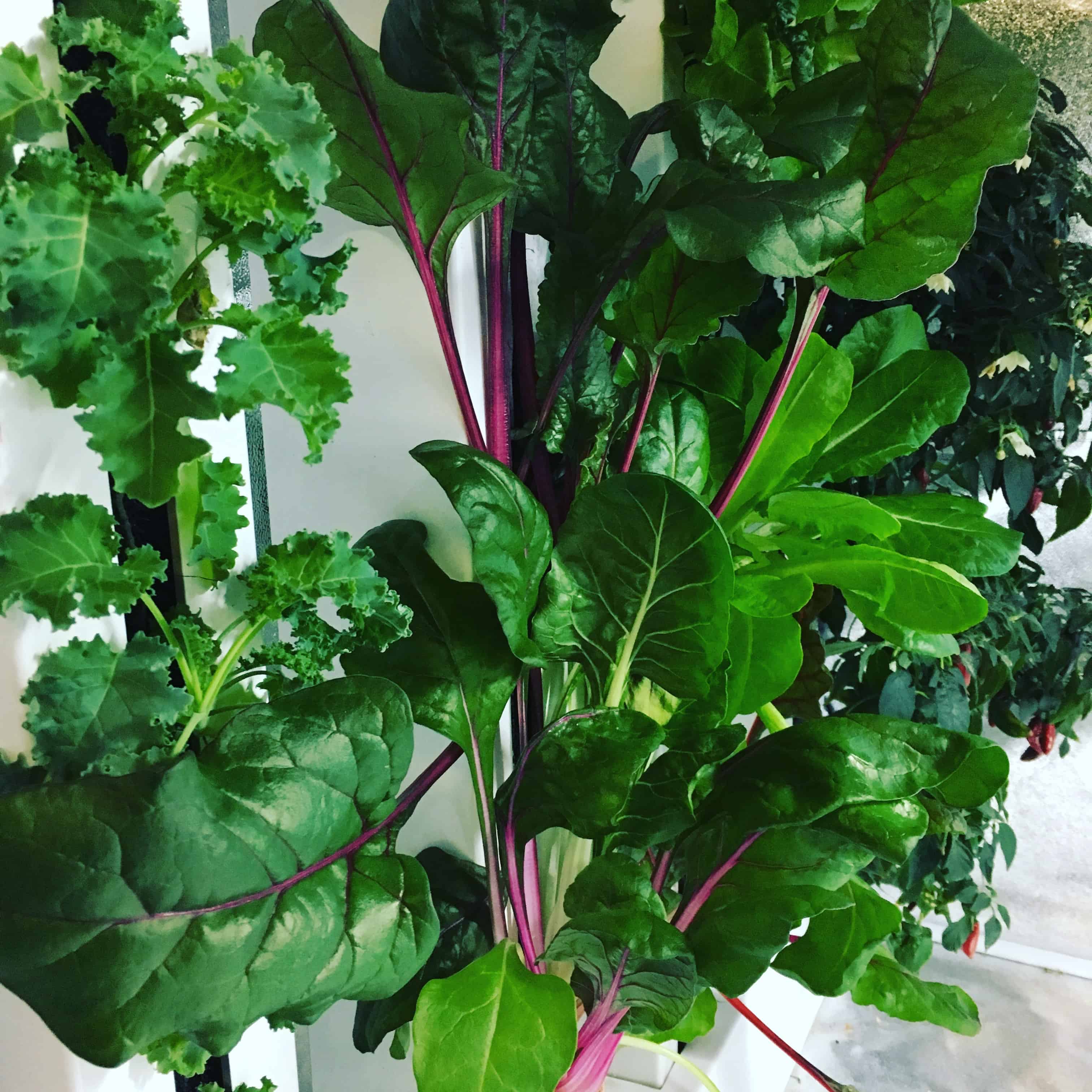
My second favorite hobbyist system and professional grade systems, are the ZipGrow towers. These towers look like and were likely modeled after vinyl fence post covers, with a vertical slit down one side. Inside each of the towers is a plastic (food grade) mesh as you might find in a pool filter. This mesh acts as the media for your plants root system to grow into. A drip system is setup at the top of the tower, pouring nutrient rich water down the tower. At the bottom, the towers typically sit in a large channel that returns the excess nutrient solution to the reservoir. ZipGrow offers full turnkey systems for those looking to start an indoor farm.
Final Thoughts On Vertical Farming
If you live in a big city somewhere in the world, it’s very possible that you may have already eaten food grown indoors without even knowing it. Even if that’s not the case today, within the next decade, I’m confident we’ll continue to see a major shift in how our leafy greens, fruits and herbs are grown. These indoor farms, are pushing our foods to new levels of quality and taste that most of us may have never experienced before.
Related Articles
Nutrient Film Technique 101
The Nutrient Film Technique is one of many popular hydroponic growing techniques. In fact this method is deployed across both hobbyist gardens and large commercial grow operations.
A Deep Dive On Deep Water Culture Hydroponics Systems
What is Deep Water Culture or DWC hydroponics? Check out the benefits and how easy it is to get started growing using the DWC method.
What Is Hydroponics Gardening? | A Complete Beginner’s Guide
What is hydroponics? Since the recreational legalization of cannabis in Colorado in 2006, the word ‘hydroponics’ has been knocking on the doorstep
